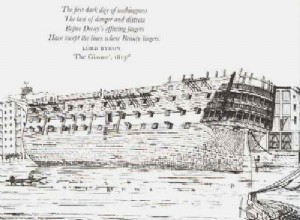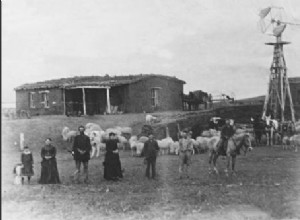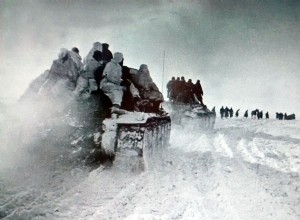Reckless The 107 ships of the line of the Téméraire class were built by France between 1782 and 1813; they constitute the first series of ships of the line built according to identical plans, their elements being thus interchangeable between two ships of the series. History During the first hal




